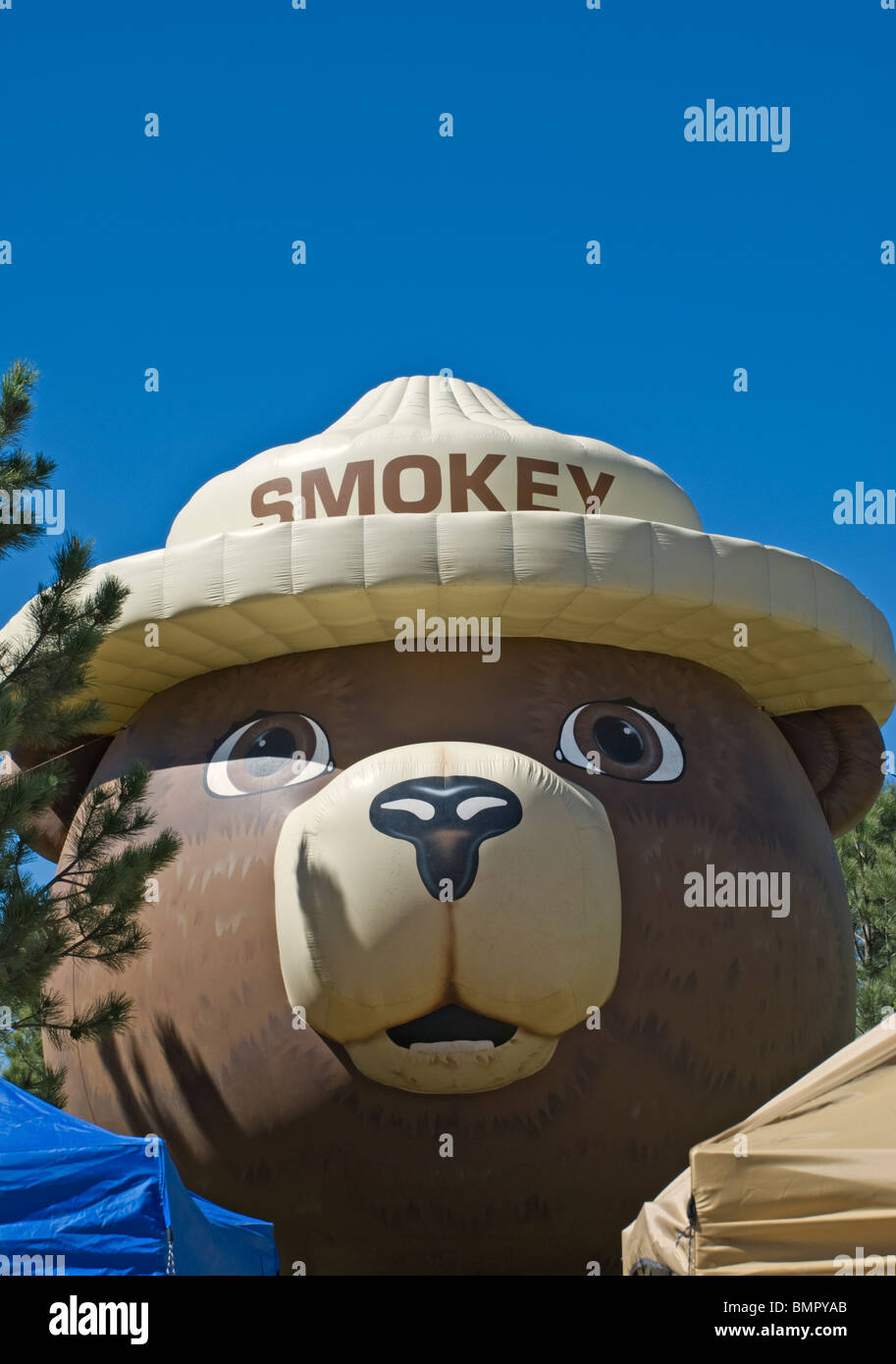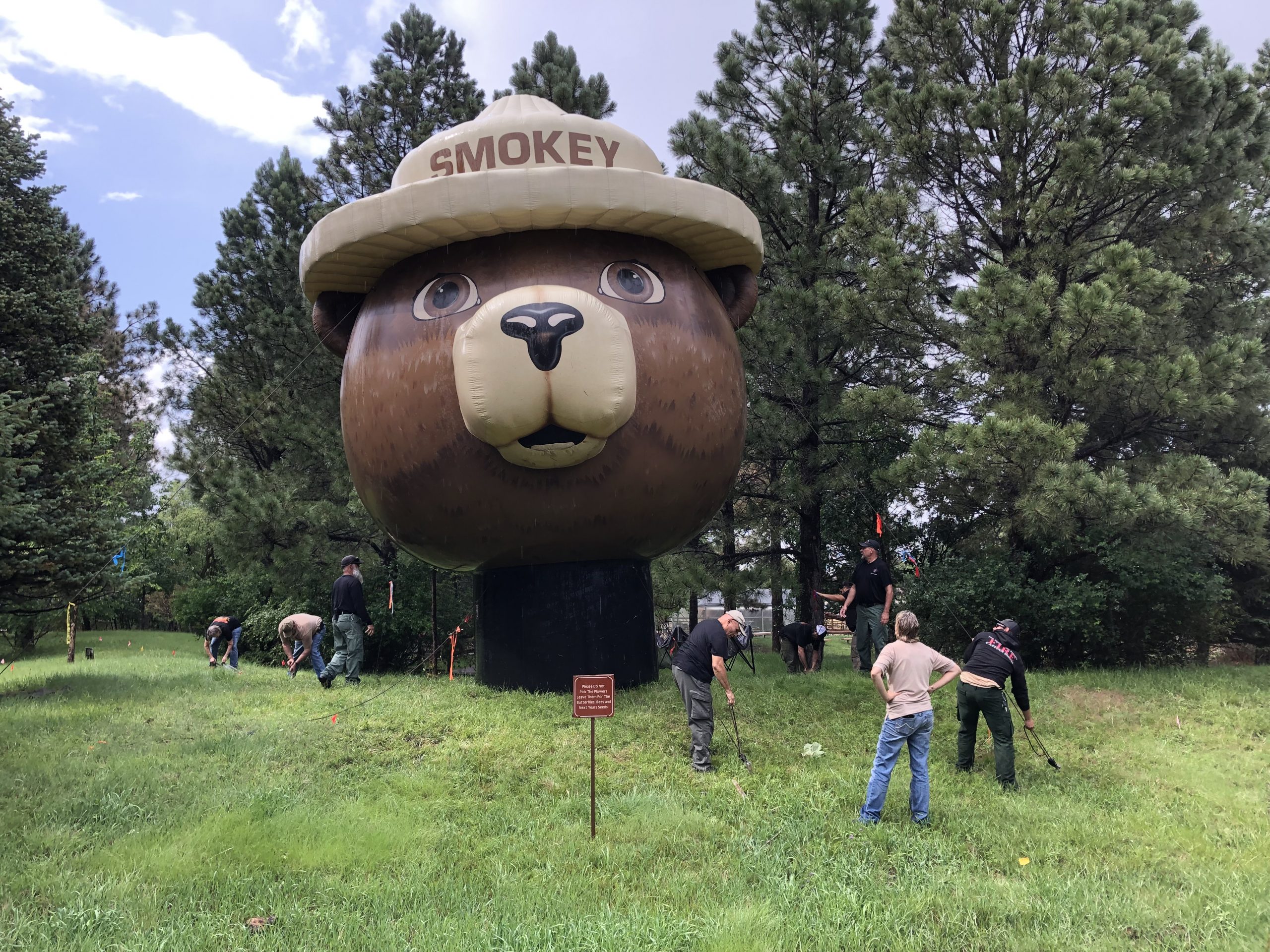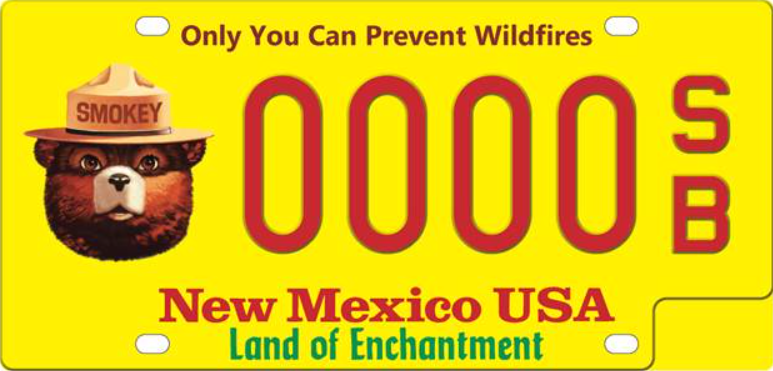
Smokey Bear: The Enduring Flame of Prevention Born in New Mexico
In the vast, verdant, and sometimes volatile landscapes of the American West, a single image has stood as a sentinel for generations: a friendly, yet stern, bear in a ranger hat, pointing directly at the viewer. His message, simple yet profound, echoes across decades: "Only You Can Prevent Wildfires." This iconic figure, Smokey Bear, is far more than a mere cartoon mascot; he is a cultural touchstone, a symbol of environmental stewardship, and a testament to the power of a message rooted in a real-life tale of survival, forged in the fiery crucible of New Mexico.
The story of Smokey Bear, the living embodiment of the campaign, begins not in an advertising executive’s office, but amidst the searing heat and choking smoke of the Capitan Mountains in south-central New Mexico. It was May of 1950, a time of severe drought and high winds, when a devastating wildfire erupted. Fueled by dry timber and brush, the blaze quickly consumed over 17,000 acres, threatening the Capitan Gap Ranger Station and the surrounding community. Firefighters from the U.S. Forest Service and local volunteers battled tirelessly against the inferno, an epic struggle against nature’s destructive force.
Amidst the chaos and devastation, a miraculous discovery was made. As the fire began to subside, a group of firefighters, including Ranger Ray Bell, ventured into the smoldering aftermath. There, clinging to a charred pine tree, was a tiny American black bear cub, no bigger than a housecat. His paws were severely burned, his fur singed, and he was terrified, whimpering in the desolate landscape that had been his home. The firefighters rescued the cub, offering him water and immediate first aid. His survival against such overwhelming odds seemed nothing short of miraculous, a tiny spark of life amidst widespread destruction.

News of the little bear’s rescue quickly spread, first locally, then nationally. Journalists flocked to New Mexico, captivated by the poignant story. The cub, initially dubbed "Hotfoot" by his rescuers, was eventually named Smokey, after the well-established wildfire prevention campaign that had been in place since 1944. This campaign, spearheaded by the U.S. Forest Service, the National Association of State Foresters, and the Ad Council, had already featured an anthropomorphic bear as its mascot, though he was merely an illustration. Now, they had a living, breathing symbol.
The injured cub was nursed back to health by Ranger Bell and his family, under the care of a local veterinarian. His recovery was slow but steady, his burnt paws gradually healing. The decision was soon made that Smokey, as he was now universally known, would be moved to the National Zoo in Washington D.C., where he would serve as the living symbol of wildfire prevention for the entire nation. His journey to the capital was a public event, with crowds gathering to see the little bear who had cheated death. He arrived in D.C. on June 27, 1950, to a hero’s welcome, cementing his place in American folklore.
At the National Zoo, Smokey Bear became an instant sensation. Children and adults alike flocked to see him, drawn by his compelling story and the powerful message he embodied. He lived a life of quiet celebrity, becoming the most famous resident of the zoo. Each year, thousands of letters addressed to "Smokey Bear, Washington D.C." would pour in, many from children promising to be careful with fire. He even received a lifetime supply of honey from a grateful nation.
The presence of the real Smokey Bear significantly amplified the effectiveness of the wildfire prevention campaign. While the cartoon Smokey had already been successful, the living bear gave the message a tangible, emotional anchor. "His story became a rallying cry," explains a U.S. Forest Service historian. "It put a real face to the danger of wildfires and the importance of individual responsibility. People could look at this bear and understand the consequences of carelessness."
The campaign’s iconic slogan, "Only You Can Prevent Wildfires" (originally "Only You Can Prevent Forest Fires"), was a stroke of genius. It shifted the responsibility from abstract government agencies to the individual, empowering each person to make a difference. The simplicity and directness of the message resonated deeply, especially during an era when the expansion of outdoor recreation meant more people were venturing into wildlands, often without understanding the inherent risks. The campaign, which is one of the longest-running public service campaigns in U.S. history, quickly became synonymous with environmental awareness.
For 26 years, the real Smokey Bear lived at the National Zoo, fulfilling his role as a national symbol. As he aged, a "replacement" Smokey Bear, an orphaned cub from the Capitan Mountains (a thoughtful nod to his origins), was brought to the zoo in 1971 to ensure the continuity of the living symbol. The original Smokey officially "retired" in 1975, with his death following a year later, on November 9, 1976.
But Smokey’s story did not end in Washington D.C. In a deeply symbolic gesture, his remains were flown back to his beloved New Mexico, to be buried in the Smokey Bear Historical Park in Capitan, just a few miles from where he was found. This final journey brought him full circle, back to the land that had given him life and shaped his destiny. His grave, marked by a simple stone, serves as a pilgrimage site for visitors, a quiet place of reflection on his legacy and the ongoing importance of his message. "Returning him to Capitan was essential," notes a representative from New Mexico State Parks. "It grounded his national legend back in the very soil that birthed it, reminding everyone of the raw reality of the fires he represented."
Today, the animated Smokey Bear continues his vital work. While the core message remains the same, the campaign has evolved to address new challenges and reach new audiences. The language shifted from "forest fires" to "wildfires" to reflect the broader scope of fire risk, encompassing grasslands, rangelands, and the ever-expanding wildland-urban interface. In an era of escalating climate change, longer fire seasons, and increasingly destructive mega-fires, Smokey’s message is more critical than ever.

The statistics underscore the urgency: nearly 85 to 90 percent of wildfires in the United States are human-caused, stemming from unattended campfires, careless discarding of cigarettes, equipment malfunctions, improper debris burning, and arson. This stark reality means that, even with advanced firefighting technology and sophisticated predictive models, the most effective tool in wildfire prevention remains the vigilance and responsibility of individuals.
Smokey Bear’s longevity and universal recognition are unparalleled in public service campaigns. He has transcended his role as a mere mascot to become a cultural icon, a symbol of wisdom, caution, and environmental responsibility. His image adorns everything from posters to plush toys, his message taught in schools and reiterated in national parks.
The legacy of Smokey Bear, the cub from the Capitan Mountains, is a powerful one. He reminds us that even the smallest life, rescued from the brink, can inspire a movement. He teaches us that while nature’s power is immense, human actions often dictate whether that power is benign or destructive. And he serves as a timeless sentinel, a gentle but firm reminder that the preservation of our wild places, the health of our forests, and the safety of our communities ultimately rest in our own hands. From the scorched earth of New Mexico, a little bear ignited a flame of awareness that continues to burn brightly, protecting the natural beauty that defines America.


